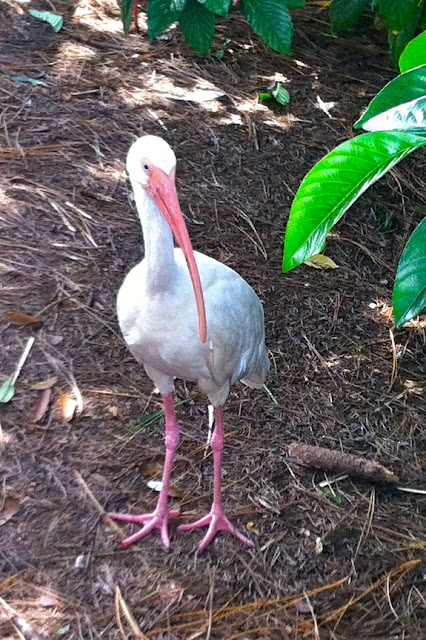Little Bighorn Battlefield - Part III
 |
| General Custer fell here |
After destroying Custer's entire battalion, the warriors raced south across the ridges to engage the last remnant of the Seventh Cavalry. Lying flat on the ground, the soldiers formed a perimeter of defense around a natural depression scooped out of the summit of their hilltop refuge.
They managed to hold off a determined siege throughout the evening and into the darkness. Many of the spooked men recalled how down in the Indian village there was a celebration of dancing and singing that lasted all night.
Desperate cries from captured soldiers who were being tortured below filtered eerily through the hills. Troopers who chose to hide in the timber rather than retreat, somehow worked their way back up to the relative safety of rejoining their comrades.
By first light the next morning, the conflict resumed and the remaining 300 or so soldiers continued to hold the high ground. Incredibly, a group of volunteers even snuck down a steep ravine all the way to the river, filled canteens and brought water back to the wounded.
The intensity of the battle gradually diminished throughout the day and by the evening of June 26th, the Indian camp had broke and scattered. The next morning army reinforcements arrived from the north, rescuing the beleaguered battalion.
Retracing the steps of their doomed brethren, the surviving soldiers were shocked to discover the tragic fate of Custer's command. After such a disheartening event, the demoralized men were anxious to get back home.
Before they could leave the field though, the gruesome task of burying the dead still had to be done. On June 28th they hastily dug shallow graves and covered the remains with loose dirt and sagebrush.
All of the mounded sites were punctuated with a stake, indicating where the fallen were found. In order to show where the officers lay, their names were written on a slip of paper, rolled up, placed in an empty cartridge shell and pounded into the top of the wooden marker.
In July of 1877, Lieutenant Colonel Michael Sheridan led a column of men charged with retrieving the officers remains from the battlefield. They made a careful survey of the area, reinterred exposed remains and marked the well-packed graves with cedar stakes.
The bones of Custer, 11 officers and 2 civilians were exhumed, placed in coffins and then transferred to eastern cemeteries. Over the next couple of years rainstorms, erosion and scavengers continued to scatter the remains across the hillside.
In 1879 Captain George Sanderson led a unit to the field and placed all exposed human remains in a grave dug on top of Last Stand Hill. A four foot cordwood monument was built over the mound and all the horse bones were placed in its center, creating the first monument.
Replacing that cordwood structure, a permanent granite monument was erected in 1881 by First Lieutenant Charles Roe. All of the soldiers remains were gathered and placed in a mass grave built around the base of the new monument.
Throughout the continued process of burials and reburials, whenever the remains of a man were found, a stake was planted so that future visitors could see where that man actually fell. Finally in 1890, Captain Owen Sweet arrived on the scene and replaced all wooden stakes with the 249 white, marble markers you see today.
The conspicuous headstones are dotted throughout the battlefield like ghostly spirits sweeping across the confusing purgatory of northern plains. While wandering down into Deep Ravine, thunder warns the visitor - the Little Bighorn is about to become the dramatic setting for another approaching storm.
 |
| Custer's command was destroyed here |
 |
| Retracing their steps |
 |
| A disheartening event |
 |
| The first graves were covered with dirt and sagebrush |
 |
| Remains were scattered years after the battle |
 |
| The granite monument was erected in 1881 |
 |
| Marble markers show where the men fell |
 |
| Ghostly spirits |
 |
| Wandering down into Deep Ravine |



nice environment
ReplyDeleteHospital Supplies
Thanks!
Delete